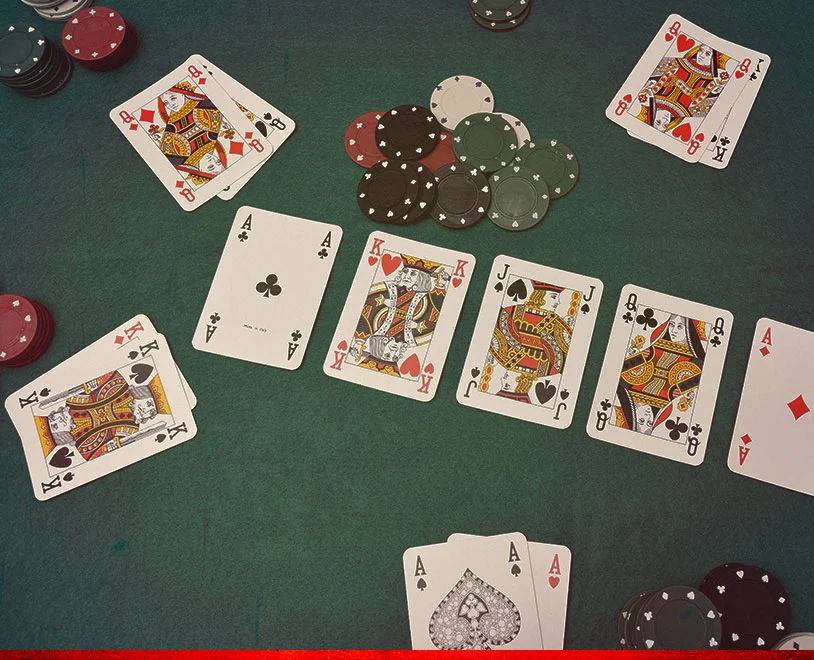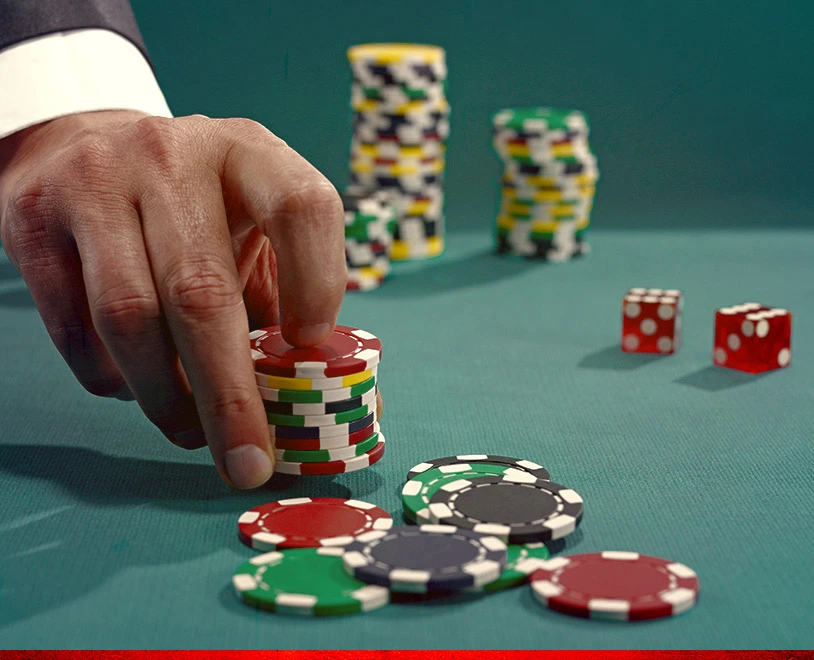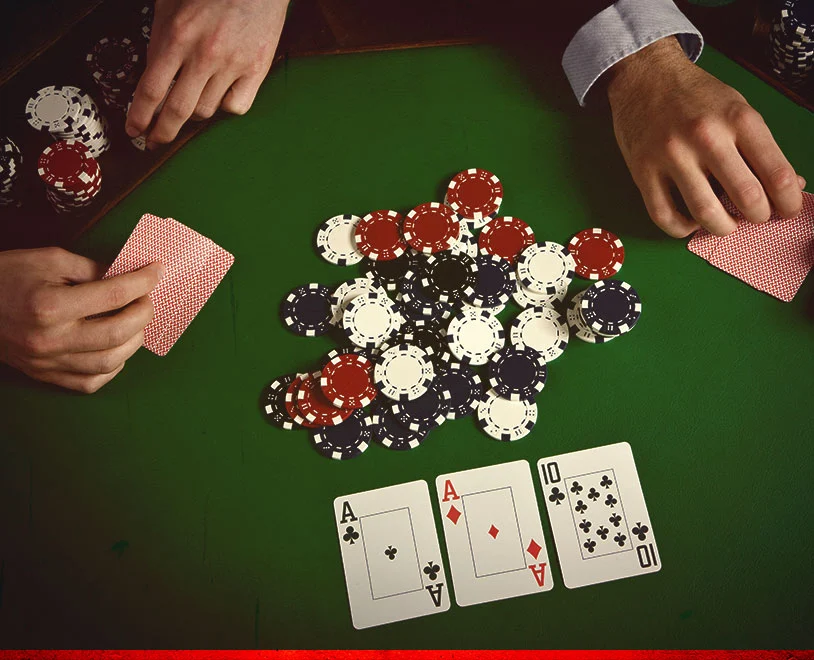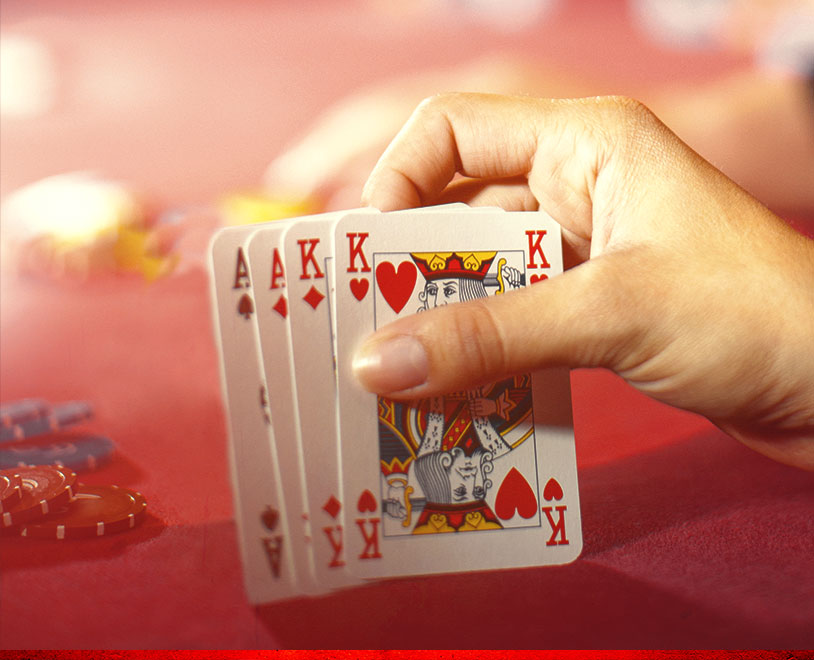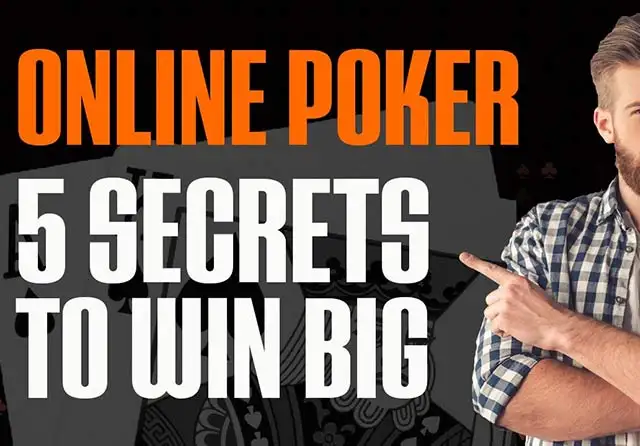
5 Secrets to Win Big Online
It always pays to play online poker at Ignition Casino. And, guess what, you don’t have to be the next Doyle Brunson to make a pretty penny when you hit the felt. All you need is a solid basic poker strategy, and the right tables to sit at to get the edge. That edge is where your profits will come from. In this guide, we’ll show you how to win in poker, starting with the fundamental concepts that every poker player should know. We’ll also add some simple poker tips and tricks that newer players can use right now at Ignition Casino.
Mastering real money poker is about more than strategy. It goes well beyond simply knowing how to play poker; Game selection, bankroll management, and tilt control are all very important things to learn as well. When you decide to play poker at Ignition, start at the lowest stakes and work your way up; the competition at these stakes is relatively easy, and you’ll be protected from big losses (and big emotional meltdowns) as you work on your game. Allow yourself to be a beginner. As your play improves and your bankroll grows, you can spread your wings and tackle the higher stakes with confidence.
It’s all about poker strategy when you play table poker online. Remember these words; write them on your forehead, on the bathroom mirror; paint them on your dog. You have limited resources to achieve your goals at the poker table. It’s a game of incomplete information, since you can’t see all the cards everyone’s holding, and you only have so many chips to throw around. To win at poker, you need a plan to make the most of your resources. This plan should take you through all the stages of your poker hands, from pre-flop to the river, allowing you to make the right decisions at every point along the way.
The top professionals will spend the rest of their lives trying to hone their poker strategy. Fortunately, most of the players you’ll meet at the table will put a lot less time into working on their game. You can gain an edge on these “recreational” players by adopting a relatively simple ABC poker strategy. Then, if you want to achieve poker greatness, you can dig deeper into the theory behind this mind sport.
It’s all about using the old noodle. Really smart people have been using strategy to beat all sorts of games for thousands of years. We call the study of strategies “game theory”. Think Russell Crowe in 'A Beautiful Mind'. We’re not saying you need to be a prodigy or anything – but it always helps to know that intel always pays off. The study of these strategies would eventually come to be known as game theory.
As long as you embrace the idea that there’s an optimal poker strategy for every hand, where your opponents can’t do anything to improve their situation, you can build your poker strategy from there. Think of poker like a game of tic-tac-toe. You probably know the moves that will guarantee at least a tie against your opponent, and if they happen to make a mistake, you’ll have the opportunity to win. Game-theory optimal (GTO) poker promises the same results in the long run, but beware: The strategies themselves are complex. You can spend forever trying to perfect them. Near-optimal poker strategies are much more practical, and they can be learned by just about anyone.
Here’s the other tricky thing about GTO poker strategies: They’re designed for playing against opponents who are also playing GTO. The further your opponents deviate from these strategies, the more you should do the same in order to exploit their tendencies. If your opponent opens too many hands pre-flop, you should 3-bet and/or call more often than usual. Up until recently, poker players often fell into one of two camps: those who use GTO strategies, and those who use exploitive strategies. Now, most of the top players combine the two, using GTO as a default baseline strategy and exploiting when the time is right.
Texas Hold’em is easily the most popular form of poker in the world, and smart players have used GTO principles to develop strategies that are almost universally accepted by the top pros. Everything starts pre-flop with your two hole cards. You know the strength of those cards; you also know the size of the blinds and your position at the table. Computers have figured out near-optimal pre-flop strategies based on these known factors. The general poker strategy is to open-raise your strongest hands from under the gun, then open more hands as you get closer to the button. If someone else opens in front of you, you can 3-bet, call or fold using similar near-optimal ranges of starting hands.
Things get a bit more complicated once the flop is dealt. GTO principles work best when there are just two players in the hand; ideally, you’ll be the one in position after open-raising, meaning you’ll get to act last on every street and respond to your opponent’s moves. For the most part, you will continuation bet the flop with your strongest hands, along with an appropriate number of bluffs that can become strong hands by the river. Anything else, you’ll check back. The same concept applies to the turn and river, taking the community cards into account – are those cards more likely to help you or your opponent? If they’re good for your range, consider betting more often, even if they didn’t actually hit your hand.
If you’re the one who called pre-flop, and you’re out of position on the flop, you’ll need to be a little more savvy. You might lead out with the same kind of hands you would c-bet if you were in position, while the hands you’ll check should be divided into three ranges: check-raise, check-call, and check-fold. And your check-raise hands should also consist of strong-ish hands as well as bluffs that can improve by the river. Getting these ranges sorted out takes time, but with study and practice, you’ll get better and better at executing your strategy – and you’ll know when to change things up to exploit your opponents.
All the same GTO and exploitive principles apply to Omaha rules as well as Texas Hold’em – they’re virtually the same game, except you get four hole cards in Omaha instead of two. All those hole cards make it more likely for someone to make a big hand, so you have to adjust your ranges accordingly; if you have top and bottom pair on the flop in Texas Hold’em, you might bet all three streets for value, but in Omaha, you might check back the flop and maybe bet the turn or the river.
Those four hole cards also cause your opponents to make more mistakes in Omaha than they do in Hold’em. If you want to exploit these players, be prepared to counter those mistakes; for example, when people check both the flop and the turn, be more willing to bet, expecting more folds than you’d get from a GTO opponent. These exploitive plays give you the opportunity to make more money at Omaha than you would at Texas Hold’em – if you do it right, of course.
Instead of building these high-end GTO and exploitive strategies from whole cloth, start with something more basic that you can learn and use right away. Most of Texas Hold’em tips that Doyle Brunson laid out in Super/System (1979) are still useful today. Aggression is the key; focus on making bets and raises when you’re in position, and stick mostly with checking and calling (and folding) when you’re out of position.
In addition, try making bigger bets on more streets when you have a big hand and smaller bets on fewer streets when you have a small hand. You can use top and bottom pair as a benchmark for whether your hand is worth three streets of value in Hold’em. Top pair with a good kicker is usually worth two streets, and any pair should be good for a single street of value. Bluff every now and then, but give priority to betting for value and protecting your stack when you’re just starting out.
Once you have the ABCs of poker down pat, and once you’ve learned how to calculate poker odds at the table, you’ll have the fundamentals you need to take your game to the next level. The underlying concepts behind GTO and exploitive strategies that we’ve introduced in this guide are still very important at this stage of your poker journey; just don’t read too far ahead or jump the gun.
